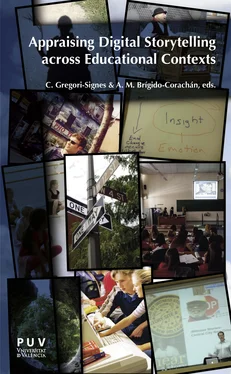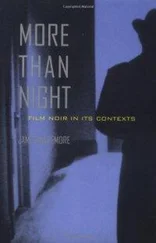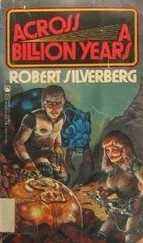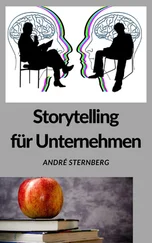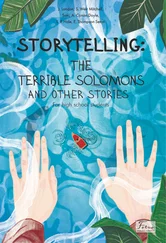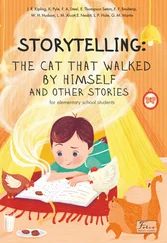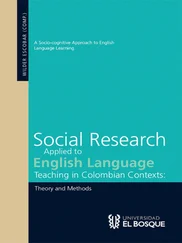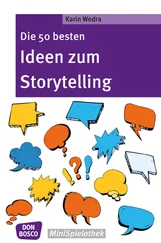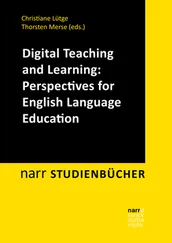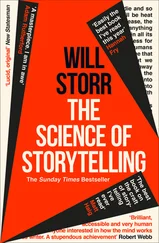Gregori-Signes, C. (2014). Digital storytelling and multimodal literacy in education. Porta Linguarum , 22, 237-250. .
Gregori-Signes, C. and Alcantud-Díaz, M. (eds.) (2013). Experiencias con el relato digital . JPM Ediciones.
Hancox, D. (2011). “Stories with Impact: The Potential of Storytelling to Contribute to Cultural Research and Social Inclusion”. M/C Journal 14.6 (December 2011). < http://journal.media-culture.org.au/index.php/mcjournal/article/viewArticle/439>. Accessed 02/20/2014.
Jenkins, H. (2009). Confronting the Challenges of Participatory Culture: Media Education for the 21st Century . Cambridge: MIT Press Lambert, J. (2009 [2002]). Digital Storytelling. Capturing Lives, Creating Community . Berkeley, CA: Digital Dinner Press.
Londoño Monroy, G. (2012). “Aprendiendo en el aula: contando y haciendo relatos digitales personales.” Digital Education Review , 22, 19-36.
Lundby, K. Ed. (2008). Digital Storytelling, Mediatized Stories: Self-Representations in New Media . New York: Peter Lang.
Mason, R. and F. Rennie. (2008). E-Learning and Social Networking Handbook. Resources for Higher Education . New York and London: Routledge.
McWilliam, K. (2009). “The global diffusion of a community media practice. Digital storytelling online.” In J. Hartley and K. McWilliam (eds.) Story circle: digital storytelling around the world . Oxford: Wiley-Blackwell, 37-76.
Reyes Torres, A., E. Pich Ponce, M.D. García Pastor. (2012). “Digital Storytelling as a Pedagogical Tool within a Didactic Sequence in Foreign Language Teaching”. Digital Education Review , 22, 1-18. Robin, B. (2008). “The effective uses of digital storytelling as a teaching and learning tool”. Handbook of Research on Teaching Literacy through the Communicative and Visual Arts, (Vol. 2), 429-440. New York: Lawrence Erlbaum Associates.
Robin, B.R., and McNeil, S.G.(2012). “What educators should know about teaching digital storytelling. Digital Education Review , 22, 37-51.
2
Digital storytelling at a crossroads. Historical context for an ever-emerging genre
Joe lamBert
Center for Digital Storytelling
Abstract
This article reflects on the four phases of dissemination of the pedagogical approach used by the Center for Digital Storytelling (CDS) and discusses the role of the Story Circle within this model, which facilitates the process of creating stories. The Center for Digital Storytelling’s Creative Phase (1993-1996) involved the organisation of workshops all over the United States to expand their method. The Literacy Phase (1997-2001) consolidated this expansion and provided the public with a system that could be mimicked by creative educators who wanted to work with DS, while the Methodological Phase (2002-2004) ratified the CDS as a global authority on the method for teaching digital storytelling. Finally, during the Ethos Phase (2005-2013), the CDS re-defined their objectives and approach to digital storytelling, reaffirming its compromise towards the extension of democracy and the participation and inclusion of marginalized communities, and marginalized individuals within those communities.
Keywords : Center for Digital Storytelling, creativity, literacy, methodology, ethos, story circle
1 Introduction
Digital Storytelling sits at a historical crossroads. From the standpoint of the work of the Center for Digital Storytelling (StoryCenter), and from the community of practitioners that have gathered under the Digital Storytelling banner in the last 20 years, we are being forced to define new meaning and purpose for our work. Many of us are coming to admit that much of what has been achieved to date has less meaning and relevance for individuals and communities now well into the 21 stCentury.
What was once novelty, and a host of new theoretical and practical problems for those interested in contemporary communication, has become so central to the social media world, the role of the facilitative support has moved less and less to the digital, and more and more to the purely narrative and design concerns of this communicative genre. Put simply, the “digital” now makes little difference. The story becomes the high technology. Getting people to increase the depth and emotional power for their storytelling, to make them effective and memorable storytellers at all levels of literacy, becomes a continuing challenge for all practitioners. For researchers, framing the dialogue about efficacy in method, and theoretical contexts for generalizing approaches to pedagogy and support systems for engaging storytellers, will less and less focus on the core media production literacies - the ability to record voices, to take still and moving images with a digital device, to use an editing software, upload and distribute –many of these skills are part of common smart phone usage by 3 billion people, and available to 56% of the planet’s population (ref. < http://www.digitalbuzzblog.com/infographic-2013-mobile-growth-statistics/>).
The focus instead will be on idea and concept, structure and design, for a broad population to be challenged to achieve multimodal fluency. Seen from a historical perspective, this is the end of “digital” era of storytelling. Digital means nothing when analog has essentially ceased to exist. The following represents a historical review from the perspective of myself as an active facilitating practitioner and informal theorist.
2 Four waves of development: digital storytelling seen from a historical perspective
At StoryCenter, we have watched four broad phases of dissemination of our methods. Those phases could be described as the Creative Phase (1993-1996), The Literacy Phase (1997-2001), the Methodological Phase (2002-2004), and the Ethos Phase (2005-2013). In each phase, the distribution of our methods expanded for a few years, and eventually we recognized that the energy of the given phase ran its course. The wave grew, and broke, following a common pattern of loose network distributions.
Digital storytelling at a crossroaDs In reviewing each phase, it is useful to assume that these assessments are not based on quantitative research. They are grounded in the direct experiences my colleagues and I have had as frontline observers of patterns of development of our work. As such, they should be taken with an appropriate ‘grain of salt’ as we say in the United States. What is to be gained by this analysis is as much a statement of evidence to be researched, the beginning of a story, as it is a conclusive ending.
2.1. CREATIVE PHASE (1993-1996)
The digital media tsunami of the early 1990’s took the San Francisco Bay Area by some surprise, as it did the rest of the world. As a working professional in non-profit theater, I was well aware of the Desktop Publishing craze of the 1980s. The development of multimedia had its roots in the technologies of desktop imaging driven by the printer, but it was clear by the late eighties, the use of computers as multimedia devices for distributing electronic communication was going to change information consumption forever. In the hopes of some of the entrepreneurs in Silicon Valley, PC’s were going to challenge the television and the radio in the electronic entertainment market, and much money was to be made developing multimedia titles, and tools to create them.
Ironically, what drove the development of our particular methods in Digital Storytelling, was as much the creative potential of the various new digital tools for the television, recording, and film industries as it was the tools of interactive multimedia. Relative to the enormously rapid growth of internet communication, digital video was slow in coming, from the first experiments at Apple Computer in the second half of the 1980s, until digital essentially replaced all analog video editing systems by the early 2000s. It was not until 1992, with the successful creation of 30 fps, 60 field video cards, full screen, full motion digital video that could successfully compete with analog standards of the day, that digital video could be taken seriously. It was precisely in that era that the initial workshops in Digital Storytelling took place at the American Film Institute in Los Angeles.
Читать дальше
